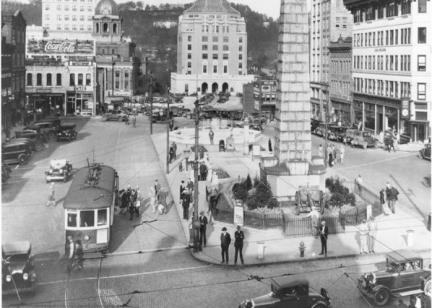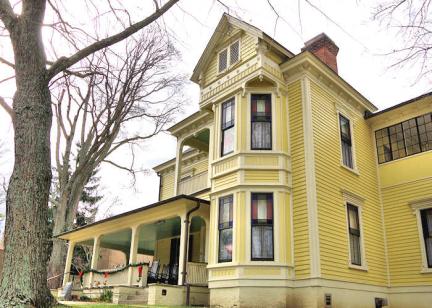Win a Downtown Asheville Stay + VIP Event Tickets
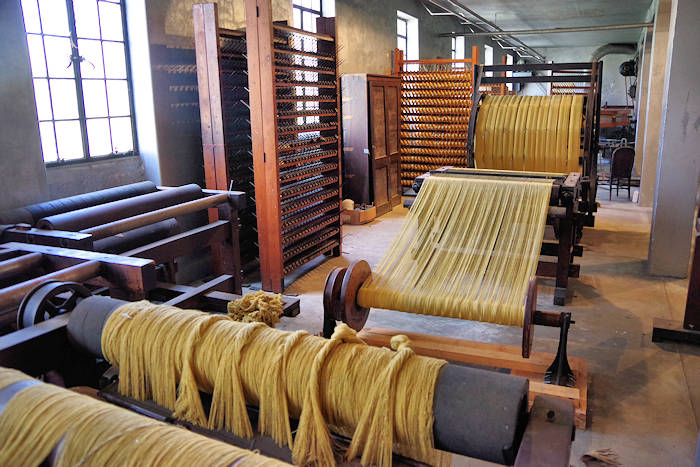
April-December
Take a fascinating tour of the Historic Dye House (Biltmore Industries' former production facility) at Grovewood Village. You'll time warp back to 1981 when the looms suddenly stopped. The factory appears much as it did on closing day, complete with wool on the looms. It's a photographer's dream. Before or after the tour, check out the fabulous Grovewood Gallery and tour the Estes-Winn Antique Car Museum next door.
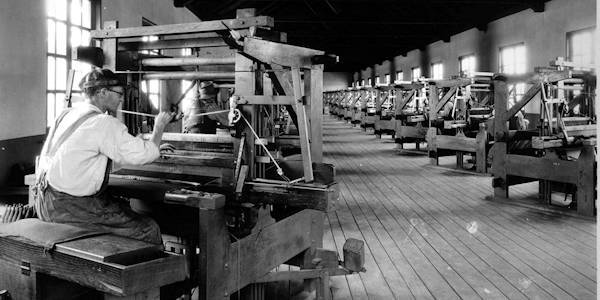
Biltmore Industries was established in 1901 by George and Edith Vanderbilt, builders of the Biltmore Estate. It began in Biltmore Village to teach youth how to create handmade crafts. They teamed up with Charlotte Yale and Eleanor Vance to provide classes in wood carving and weaving. In 1917, four years after his completion of Grove Park Inn, Fred Seely bought Biltmore Industries and moved them to a collection of buildings adjacent to the inn, naming the complex Biltmore Homespun Shops. They expanded into an internationally known craft enterprise, with 40 looms weaving 700 yards per day in 1919 with 100 employees. By the 1940s, production dropped to 200 years per day.
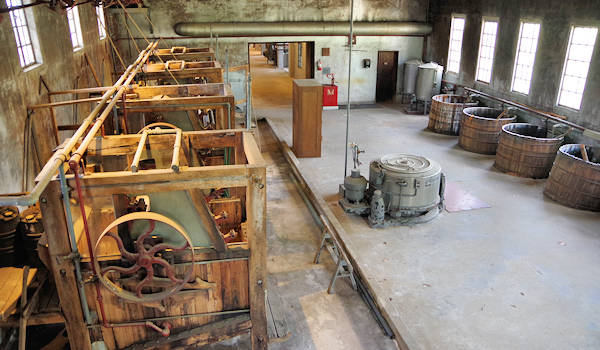
Biltmore Industries' reputation for quality wool fabric caught the attention to American presidents. Coolidge Red was designed specifically for Mrs. Calvin Coolidge. Hoover Gray was created for President Herbert Hoover. President Franklin Roosevelt particularly liked their white wool fabric. A massive weaving loom was presented as a gift to the Roosevelts, and Eleanor Roosevelt visited the shops in 1934. Harry Blomberg purchased Grovewood in 1953 and was successful in growing the business some. However, it closed in 1981. The building housing the washing & drying room (photo above) and the upstairs long mule spinner was never renovated and rarely open for tours before 2017.
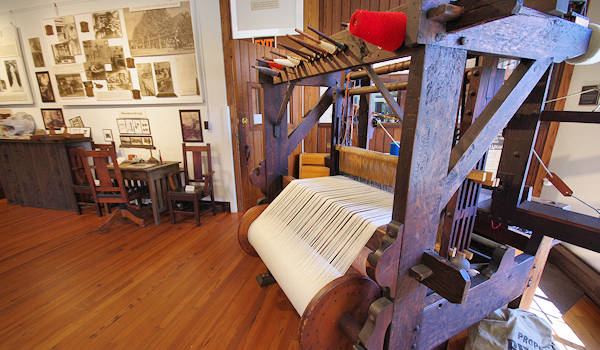
Today, the campus of historic buildings are also home to Grovewood Gallery, the Biltmore Industries Homespun Museum (above) and the Estes-Winn Antique Car Museum (read more).
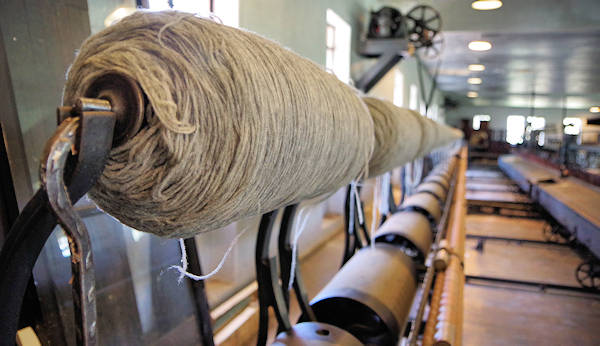
Private group tours are offered from April – December only. Tours last approximately 45 minutes to 1 hour. The cost is $200 for up to 30 people and $10 for each additional person (limited to 40). See the Dye House with the original looms, carding machines, mule spinner, and dye vats used to make Biltmore Handwoven Homespun. The walls are peeling, and the floors are uneven. There is no heat or air conditioning. It's best for adults. The tour starts at the Biltmore Industries Homespun Museum (adjacent to Grovewood Gallery and the Estes-Winn Antique Car Museum). Go to their website for more history and tour info.
